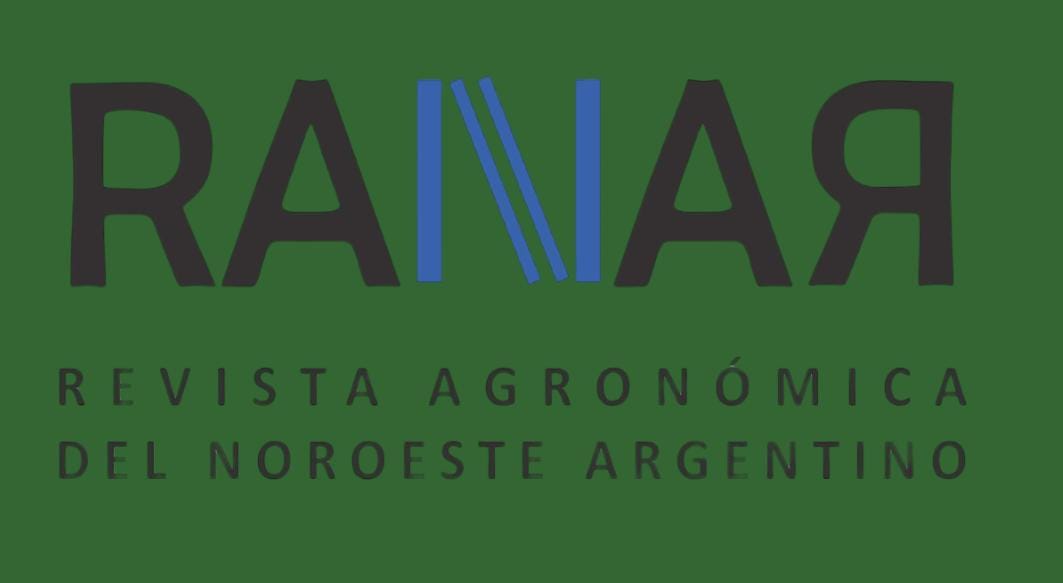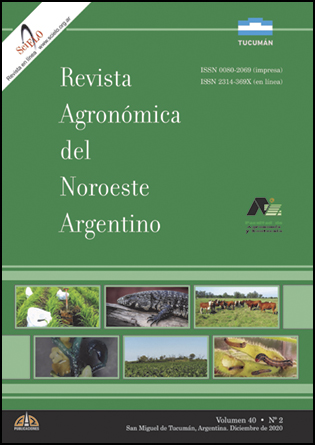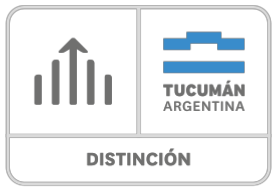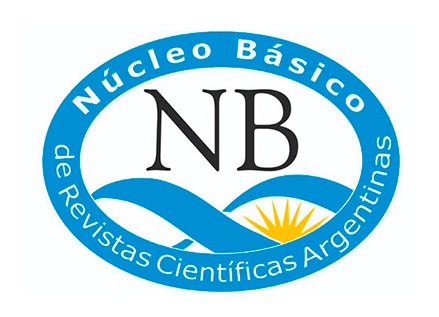Alert indexes for the sustainable management of chemical fertility in agroecosystem with soybean-wheat sequence and direct sowing in Tucumán, Argentina
Keywords:
Sustainable agriculture, Alert indexes, Soil, Soybean, Direct sowingAbstract
The objectives of sustainable global development include: protecting, restoring and promoting the sustainable use
of ecosystems. In Argentina, the northwestern region is an area of grain production whose systems face problems to maintain sustainability. In Tucumán, the soybean-wheat sequence in the direct sowing system is a widely diffused technological management. For this reason, since 2004, we have worked on the development of a specific minimum set of indicators comparing this agroecosystem with a native forest of reference. The objective of this work was to apply a visual and simple system that communicates the degree of deterioration of chemical fertility in a soybean-wheat sequence
production system. The data was obtained from the edaphological study carried out in the Chaco-Pampeana region. The indicators were: light carbon, total organic carbon, nitrogen and phosphorus. Alteration Indexes were calculated and associated with a color scale similar to that applied in the classification of agrochemicals. The index alert system showed different degrees of alteration for the selected chemical fertility indicators. This alert system for soil chemical degradation and in relation to the analyzed indicators, is a tool for simple communication and quick visualization that provides farmers with a guide to help improve the trend towards sustainability.









